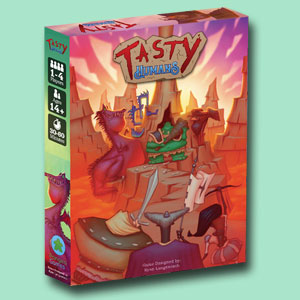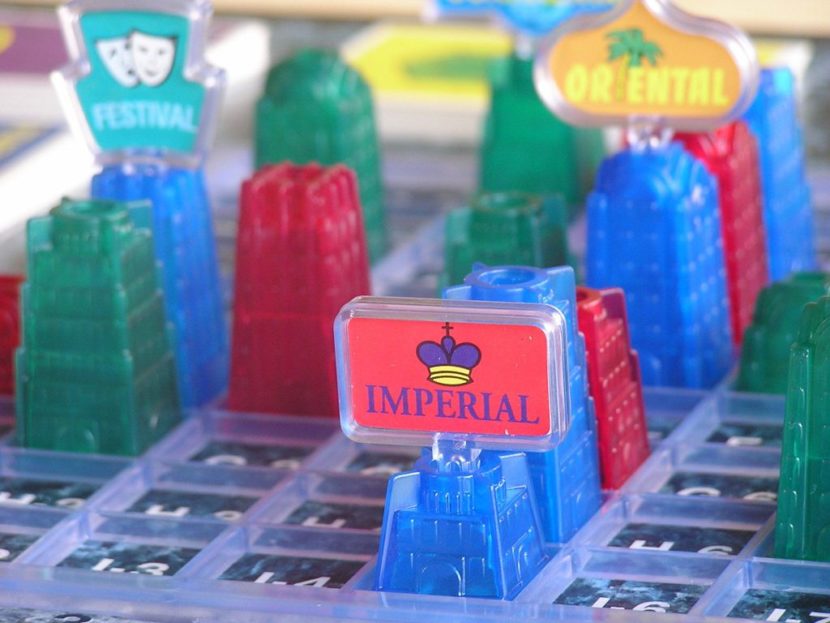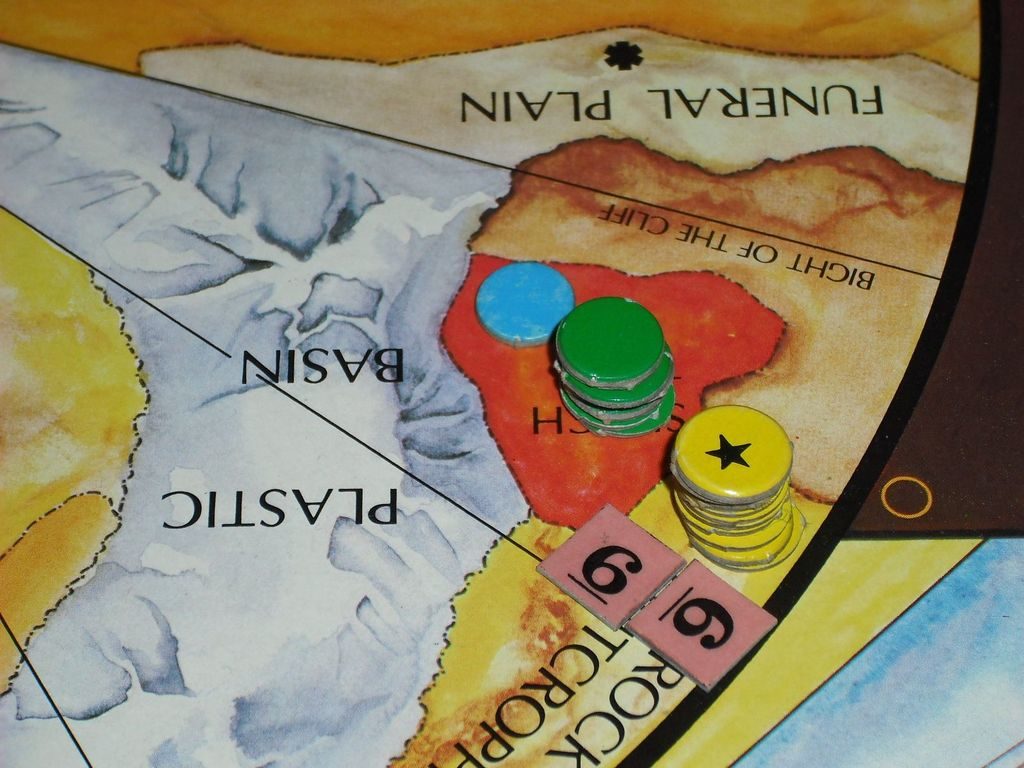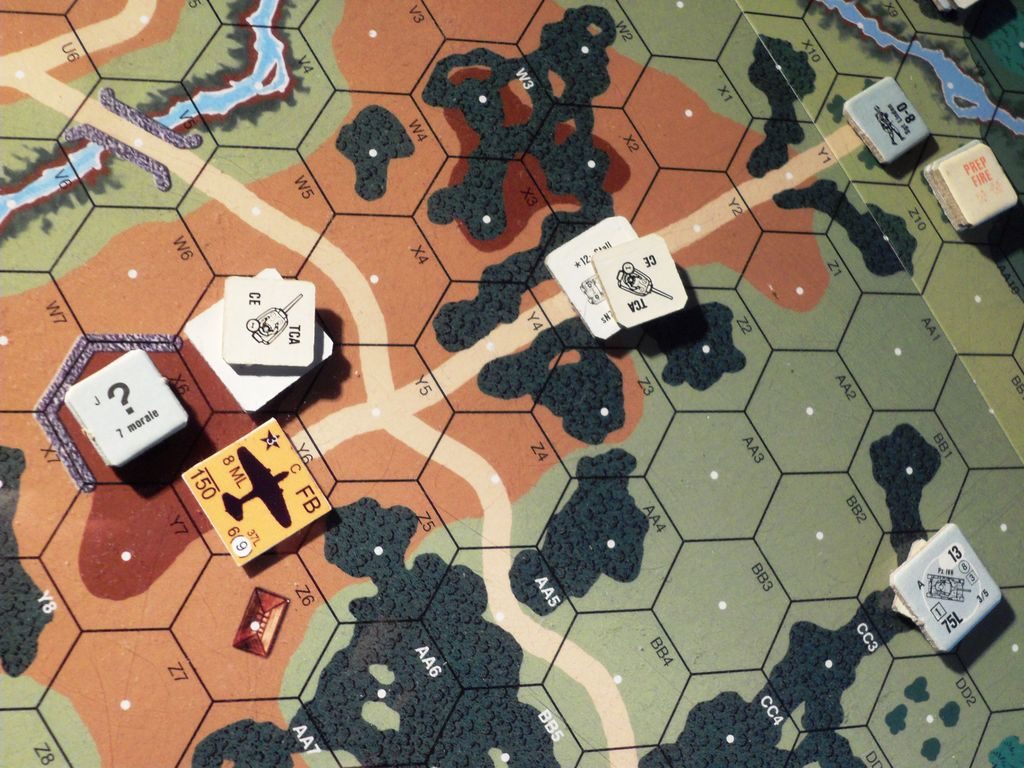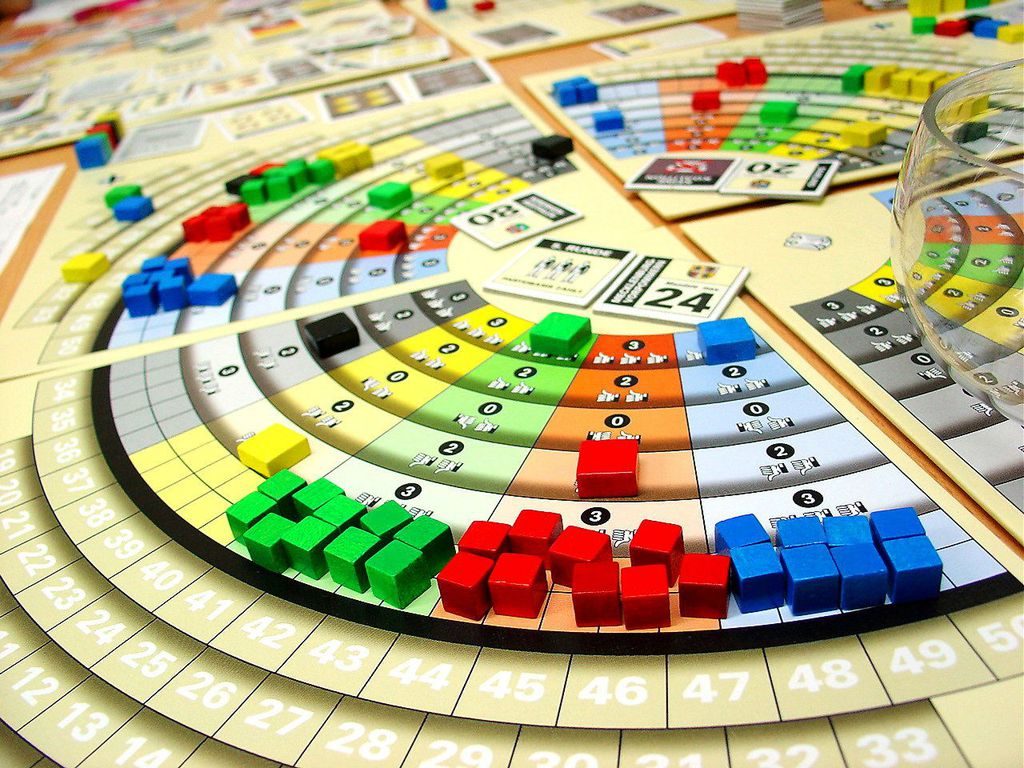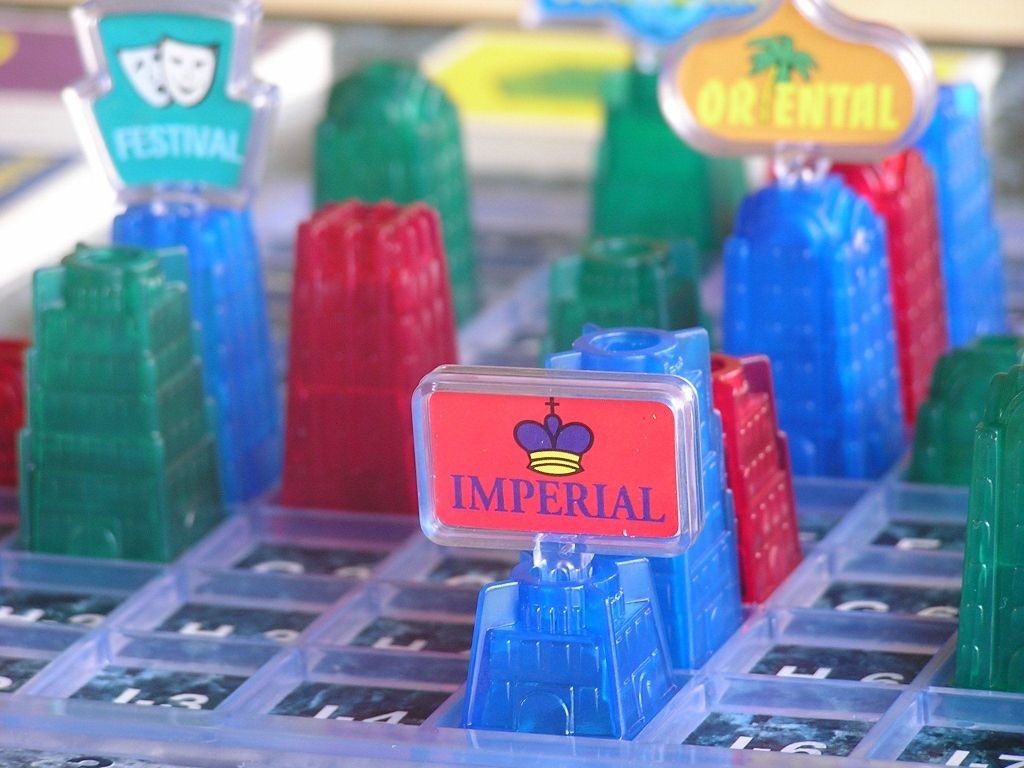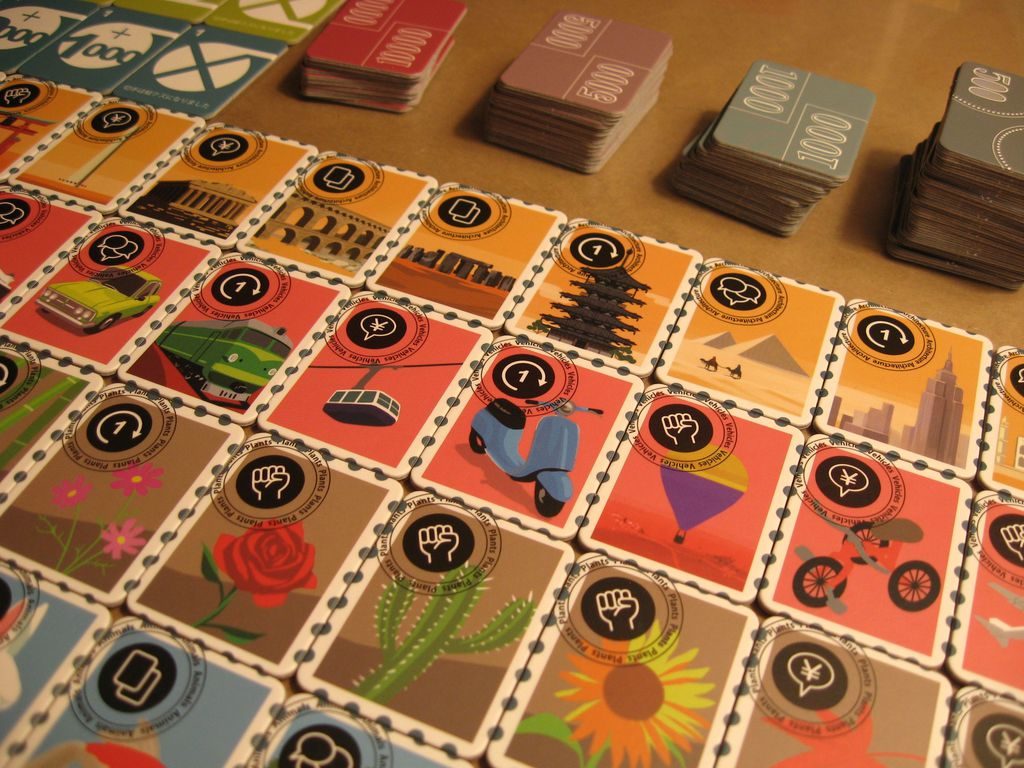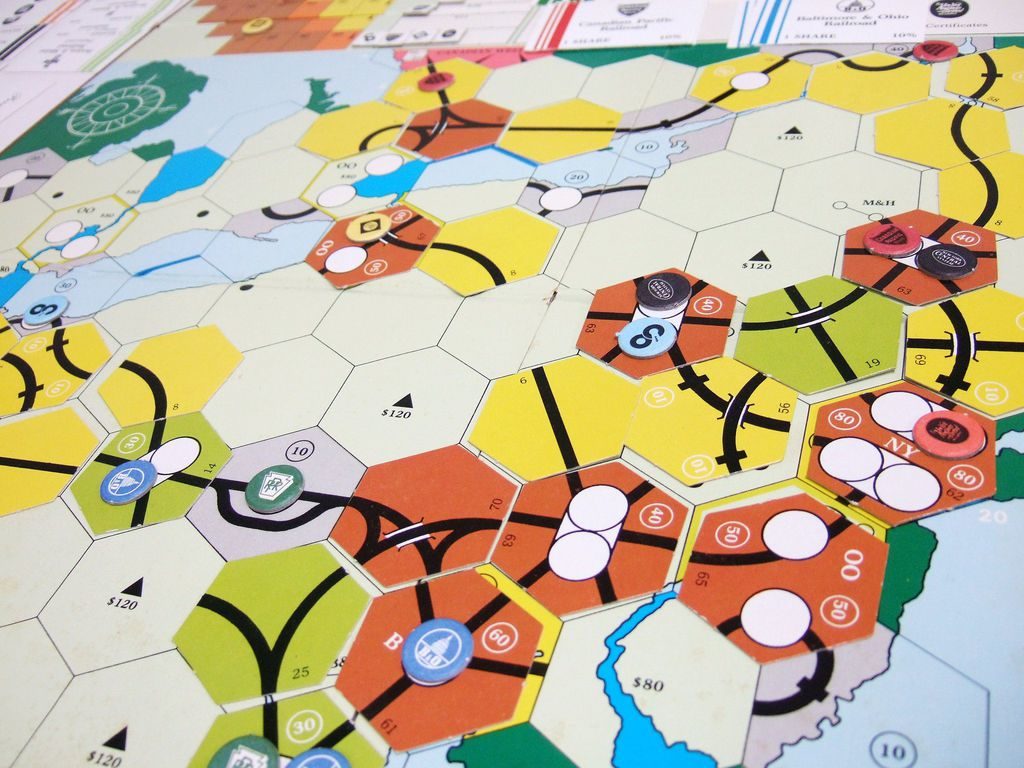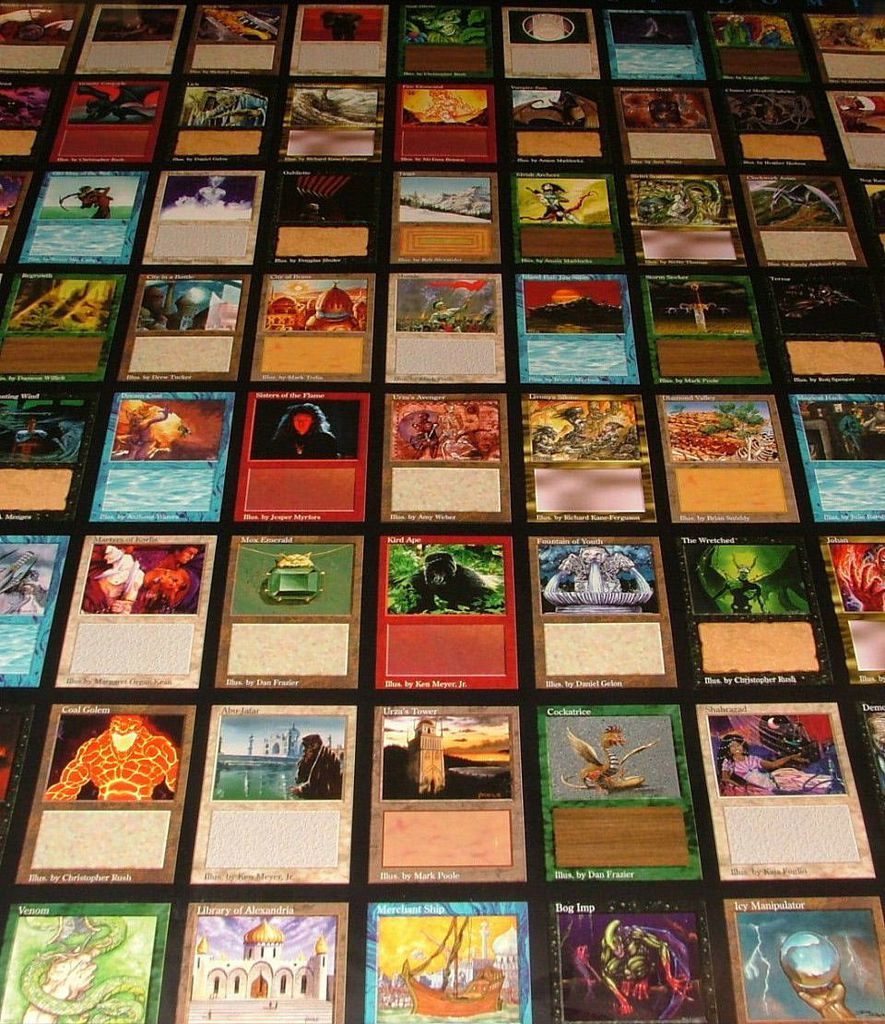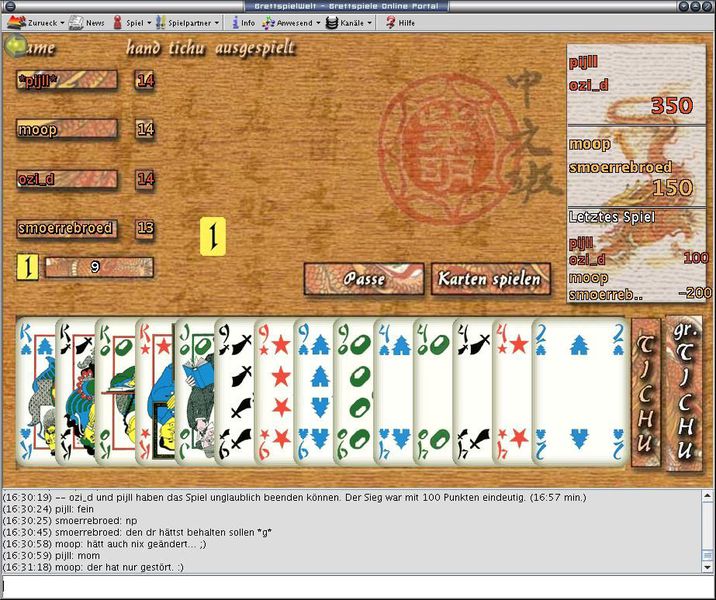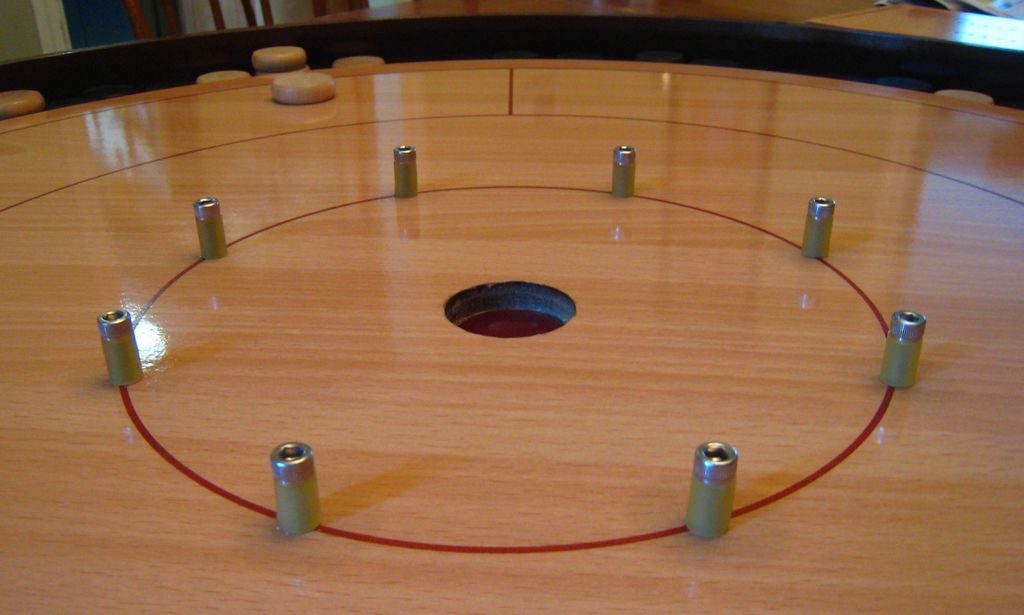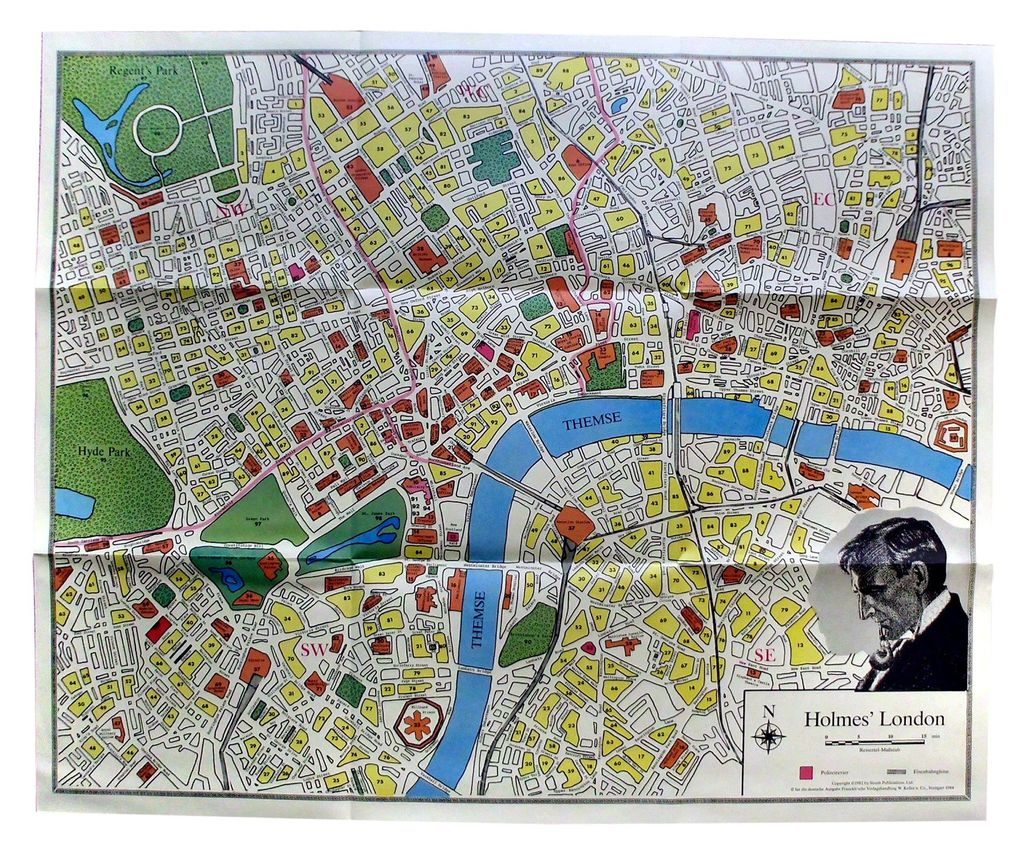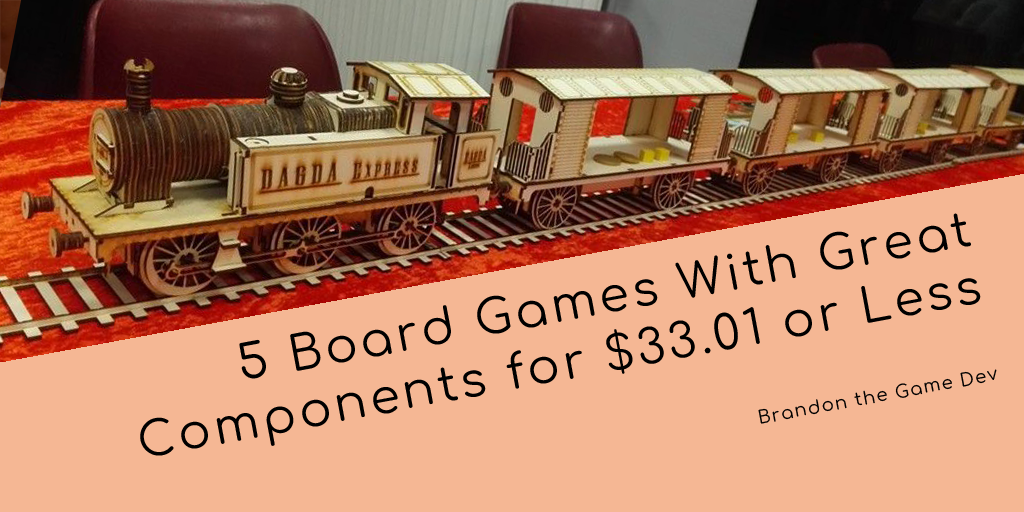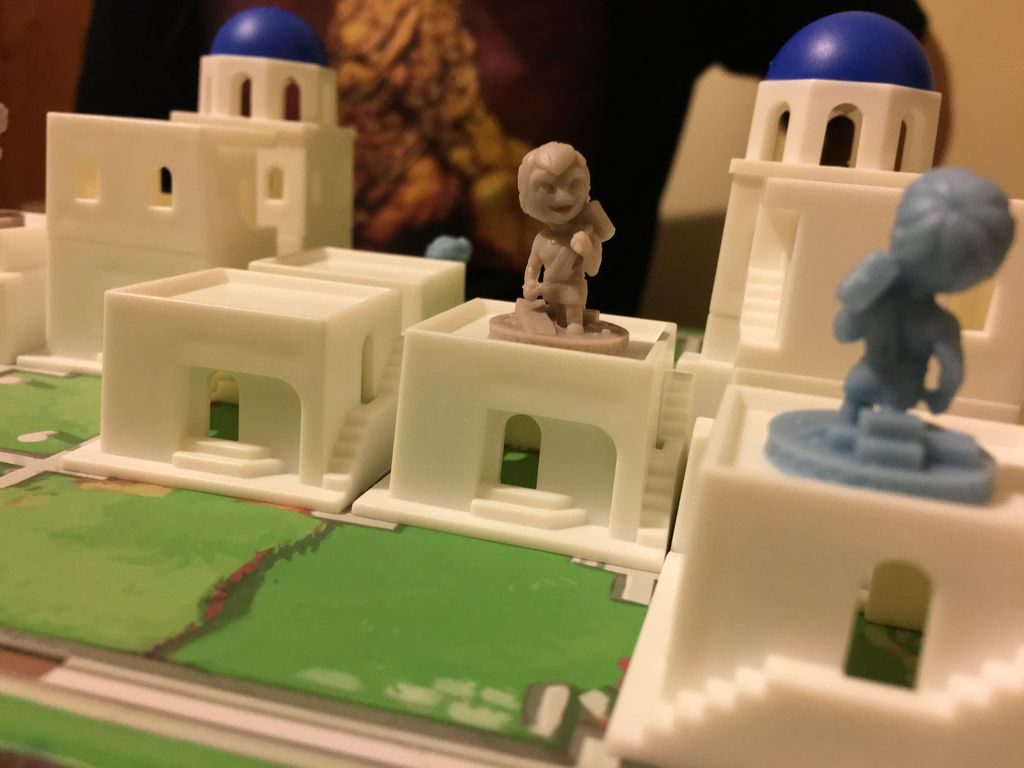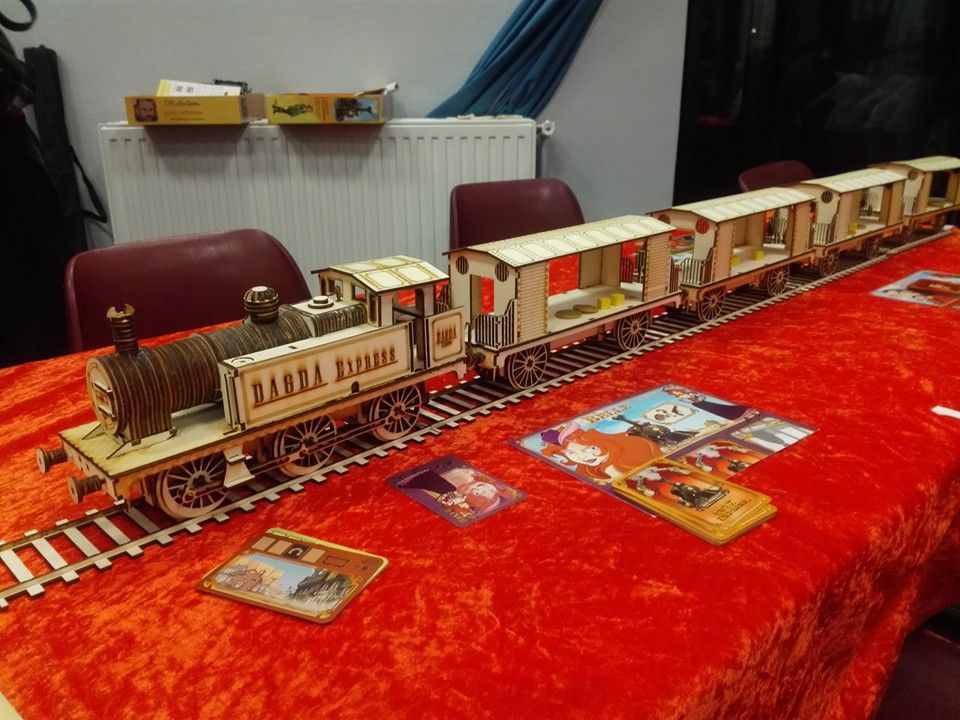Cover Your Kingdom: Adapting a Well-Loved Game for a New Market
Many long-time readers of this blog know that I like to talk about long-term strategy. In fact, I’ve even said: “don’t build a board game, build a business.” You’re probably focused on making it – and you should be! But what happens when you do “make it” and it’s time for your next move? For that situation, Cover Your Kingdom is an excellent case study.
It is also currently on Kickstarter! Check it out and see what you think!
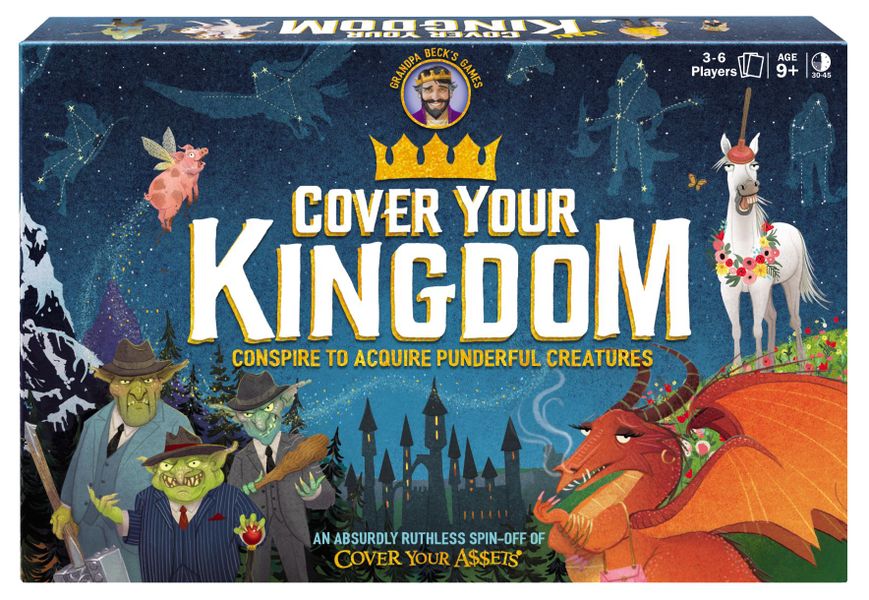
Looking for more resources to help you on your board game design journey?
Here you go: no email required!
Like this writing style?
Check out my latest blog on marketing here.
Allow me to introduce you to Jeff Beck of Grandpa Beck’s Games. You might know their company through Cover Your Assets, their breakout game. They captured lightning in a bottle, marrying modern board game aesthetics with a larger market. It’s a big seller. An intimidatingly big seller, basically never dropping out of Amazon’s top 20 card games.
How on this sweet earth do you follow that? To answer that, I’ll turn it over to Jeff…
Who is Jeff Beck?
I’m Jeff Beck. I am the developer of The Bears and The Bees and Cover Your Kingdom, published by Grandpa Beck’s games. Tauni and Brent (aka Grandpa) Beck – my parents – founded the company about a decade ago. They were looking for extra income to help their five kids through college. They thought creating and selling games would be a simple and easy way to make a little extra cash.
Long story short – it wasn’t. To give a full account of the setbacks, failures, and challenges they encountered and overcame in the early years of the business would require a whole series of separate articles. What’s important is that they emerged with a whole line of games. This includes Skull King, our well-liked and best-selling trick-taking game. But our best seller of all time? That’s a take-that set-collection game called Cover Your Assets.
It All Started with Cover Your Assets
You may not know what Cover Your Assets is. After all, Brandon’s blog caters more towards the casual and hobby gaming market. But Cover Your Assets has quietly grown into one of the top 10-20 best selling card games on Amazon. Ninety-nine percent of the reviews are positive. In addition to being a best seller, this makes it Amazon’s highest-rated card game.
My parents earned success and exceptional reviews the hard way. They established the game by personally teaching it to hundreds, maybe thousands of people at conventions. Let’s be honest though – as any developer knows, even your friends and family won’t buy your game unless it’s truly entertaining.
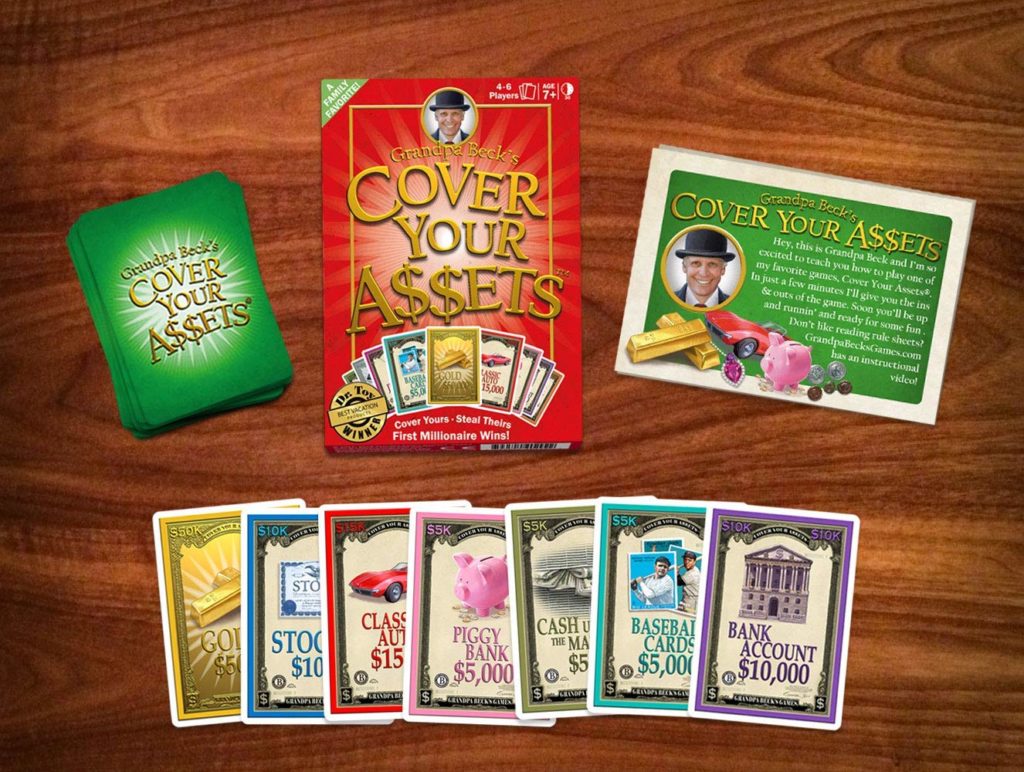
Cover Your Assets is a fairly simple game. The narrative is minimal – the first player to accrue $1,000,000 wins. The monetary theme doesn’t break a lot of new ground, and the rules are basic enough I can relate the gist of them to you in a single paragraph:
Each player forms pairs of matching assets of varying values which are placed one atop the other in an alternating stack. The top set in each player’s stack is vulnerable and can be stolen by other players who present a matching or wildcard. You can defend sets with another matching or wild card. This goes back and forth until one player wins. They take (or keep) the set, adding to it all the cards used to challenge and defend, increasing its value.
How Cover Your Assets Won Over So Many
How has this seemingly simple game garnered so many rave reviews and established a presence amongst the top-selling card games in the US? The reason is that Cover Your Assets’ core mechanic is deceptively quite compelling. The game begins rather slowly but grows in momentum and intensity. As players steal sets, each set’s value increases, along with the desire of other players to acquire it. The best way to defend a valuable set of assets is to cover them, either by creating a new set or by stealing one from another player.
The rush of successfully stealing valuable sets from other players, paired with the nervous anticipation of others coming after your own sets, creates a roller-coaster of elation and frustration that generates laughter and playful banter. With every interaction, players step into the role of the villain; smugly swiping a set from another player, or that of the victim when their own assets are stolen. It’s hard to do this without a smug smile or a murderous glare.
The core mechanic of stealing and defending sets of cards that increase in value is essentially the whole game. If it were a vehicle instead of a card game it would be a rumbling V8 strapped to a bicycle. It doesn’t offer a ton of control or creature comforts, but it has plenty of power to create an exhilarating experience.
This simple, yet actively engaging mechanic, paired with its broad theme and snicker-inducing name, are strengths with the game’s core audience of parents and grandparents who grew up playing games like Uno, Monopoly, and Sorry.
However, the strengths of the game with the family game crowd can determine whether or not it is discovered by younger generations of gamers (myself included). We’ve found that most people really enjoy the game once they try it, but it’s not a game that’s as likely to attract attention from this audience on a store shelf or Amazon listing as some of the myriad other casual game titles that exist.
Cover Your Kingdom, or Creating a Variant of a Well-Loved Game
Wide audiences find the core mechanic of Cover Your Assets really compelling. I spent a lot of time thinking about how to convince larger numbers of true gamers to try and buy the game. I concluded that the best way to broaden the game’s appeal and expand into a new market would to build a new version. Cover Your Kingdom stemmed from this thought.

To better understand the needs of the group the game would be built for, I looked for feedback. I evaluated every review of the game I could find, on blogs, BGG, Amazon, and YouTube, looking for common themes. I noted the elements of the game people really enjoyed that I needed to maintain or enhance, as the issues, annoyances, and dislikes of those who didn’t enjoy the game. This is what I found.
Elements to Retain
- Emotionally driven
- Cutthroat and competitive
- Easy to learn
- Playable with a wide range of ages/skill levels
Areas to Improve
- Greater depth and strategy
- More decision making
- Broader player count (Cover Your Assets is for 4-6 players)
- Less reliance on luck
- Hard to overcome an early advantage.
Modifying Cover Your Assets to Create Cover Your Kingdom
Armed with that information, I set about building a new frame to contain the spitting and rumbling engine at the core of Cover Your Assets. My aim was to retain the heart, energy, and emotion of Cover Your Assets while also adding new elements that gave players more opportunities to make decisions thereby increasing their sense of control. Expanding the player count in both directions was also a high priority.
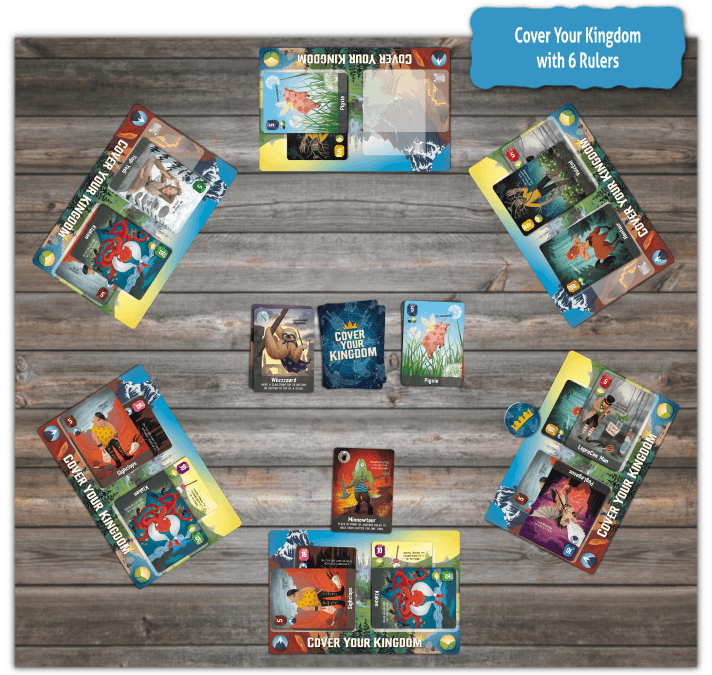
After several months of brainstorming and playtesting, we settled on the mechanics of Cover Your Kingdom. During the brainstorming time, we considered a lot of thematic options. Ultimately we landed on the quirky fantasy creature theme. It allowed for a narrative that fit the game’s mechanics really well and also provided some comic relief that helped soften some of the game’s highly cutthroat mechanics.
We made a number of changes to the rules that provide additional opportunities to make decisions and new player interactions.
Two Stacks Per Player
Players maintain two stacks each instead of one. There are strategic advantages to placing all your sets in just one stack, so a mechanic had to be implemented to restrict the placement of sets in one stack or the other. We implemented the UI element of the kingdom mat and region symbols on the cards. This helped players easily remember where each different cards could be placed to ensure that the game remained intuitive.
Increasing the number of stacks from one to two doubled the number of options a player had each turn when evaluating which sets to attempt to steal. It also facilitated reducing the recommended minimum player count from 4 to 3 (with the possibility of adapting to 2 players).
Action Cards
We added 5 action cards (2 copies of each) to the game to create new interactions and new strategy. This also increased emotional response and provided some balancing mechanisms that prevented the formation of massive piles. This, in turn, curbed runaway leader issues.
Two Actions Per Turn
Allowing two actions per turn instead of one also increased the strategy/decision making. While you can often encounter a turn where you only have 1 or 2 actions you can take in Cover Your Assets, you will typically have 5-10 options in Cover Your Kingdom. Choosing which actions to take and what order to take them gives players a greater sense of control.
Larger Hand Size
We increased hand size from 4-5 cards to 6 cards in Cover Your Kingdom. This was in part to provide an additional “slot” for action cards, but also to once again provide additional choices to players.
Increased Card Count
Cover Your Kingdom increases the card count from 110 in Cover Your Assets to 150. We needed additional room in the card count for the action cards. Collecting 2 piles each instead of one distributed the cards into smaller stacks. It felt a bit sparse at 6 players. As the new box was already larger to accommodate the Kingdom Mats, there was room available to also increase the card count.
Optional Mechanics
These mechanics were unlocked as stretch goals in the campaign. They add further intrigue to the game. They are not necessary to play the game, but will likely be included by most casual and hobby level players as they add new variables ramping up strategy even more. Full explanations are in the updates of the Kickstarter campaign.
Individual Player Powers: Each player is granted a unique power/ability that gives them a strategic advantage over other players.
Constellation Prize Expansion: This expansion added new components to the game and a secondary method of earning points that are tallied at the end of the game.

How These Changes Made Cover Your Kingdom Unique
We added, balanced, and optimized new mechanics one by one. Along the way, casual and hobby gamers tested the game. This was to ensure we’d added enough to make the game more compelling and strategic. However, we were careful not to induce analysis paralysis or kill the pace of play. When testers from both groups consistently reported their enjoyment of the game, I knew it was ready to go.
We started with a popular and exciting mechanic, then enhanced its best features. At the same time, we addressed the weaknesses of Cover Your Assets. On top of that, we added a compelling new theme and narrative. It’s for these reasons that I’m hopeful that Cover Your Kingdom will introduce the fun and excitement of Cover Your Assets to a wider audience.
With its greater depth but an intuitive UI, we designed the game to be accessible to inexperienced gamers but still satisfying to those who crave heavier games.
Following up a breakout game is a tall task for anyone. By sharing Jeff’s story, I hope to better prepare you not just for success, but the day after success 🙂
If you like the sound of Cover Your Kingdom, check it out on Kickstarter!

